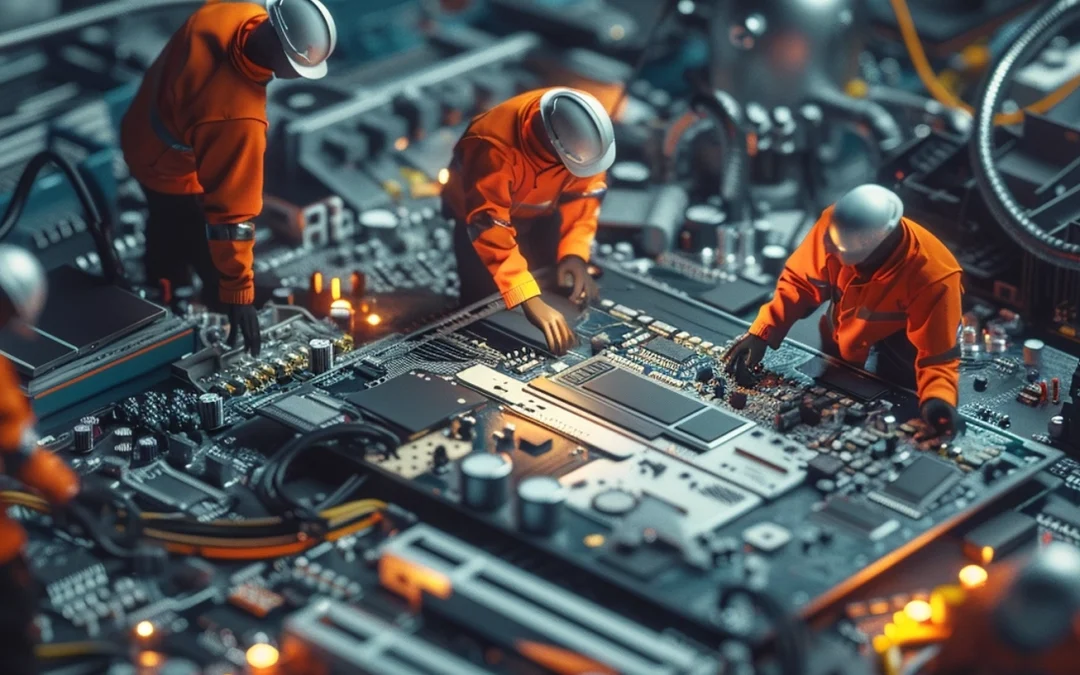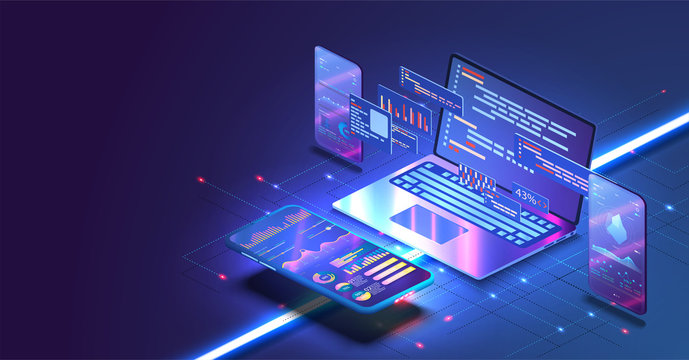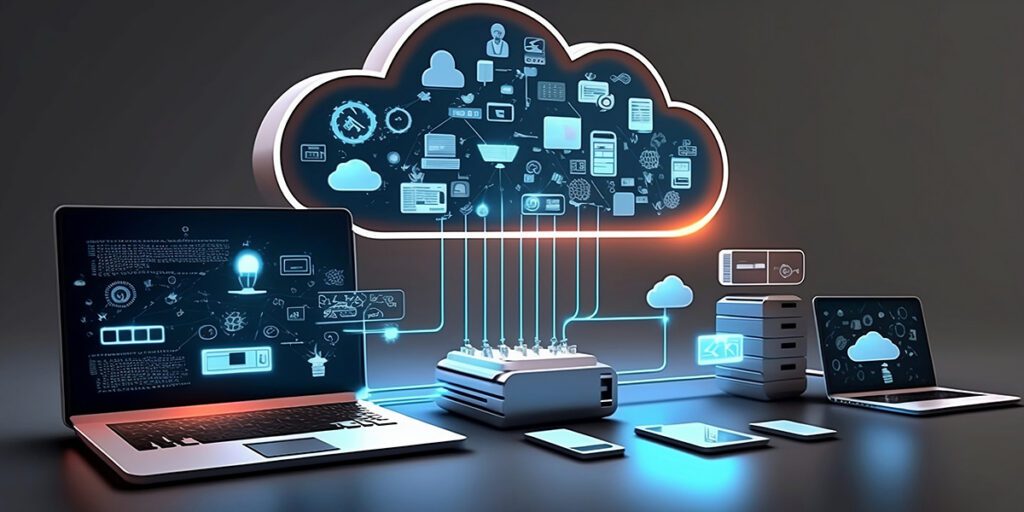Effective IT maintenance is critical to ensuring the reliability and performance of your business’s technology infrastructure. Regular maintenance not only prevents potential issues but also helps in optimizing system performance, extending the lifespan of your hardware, and securing your data. This article provides essential IT maintenance tips that every business should follow to keep their IT systems running smoothly.
Regular Software Updates
Keeping your software up to date is vital for security and performance:
-
Patch Management: Software vendors frequently release patches and updates to address vulnerabilities and fix bugs. Implement a robust patch management process to ensure all software is updated promptly.
-
Automatic Updates: Where possible, enable automatic updates for your operating system and applications. This ensures that you receive the latest security patches without manual intervention.
-
Version Control: Maintain a record of software versions and updates. This helps in tracking changes and ensures compatibility with other systems and applications.
Comprehensive Data Backup
Regular data backups are essential for disaster recovery:
-
Backup Frequency: Schedule frequent backups to capture the most recent changes to your data. Depending on your business needs, this could range from daily to weekly backups.
-
Backup Storage: Store backups in multiple locations, including off-site or cloud storage. This protects your data from physical damage or loss due to local incidents.
-
Backup Testing: Periodically test your backups to ensure they are functioning correctly and can be restored effectively. Regular testing verifies that your backup process is reliable.
Hardware Maintenance
Proper maintenance of hardware ensures longevity and reduces the risk of failures:
-
Regular Cleaning: Dust and debris can accumulate inside computers and servers, causing overheating and hardware damage. Clean your hardware components regularly to maintain optimal performance.
-
Monitoring and Diagnostics: Use monitoring tools to track the health of your hardware components, such as hard drives and memory. Perform diagnostic tests to identify potential issues before they cause significant problems.
-
Replacement and Upgrades: Plan for the replacement or upgrade of aging hardware. Regularly assess your hardware needs and budget for necessary upgrades to avoid unexpected failures.
Network and Security Management
Maintaining network security and performance is crucial for protecting your business:
-
Firewall and Antivirus: Ensure that your firewall and antivirus software are up to date and configured correctly. These tools are your first line of defense against cyber threats.
-
Network Monitoring: Implement network monitoring tools to track traffic patterns and identify any unusual activity. Monitoring helps in detecting and responding to potential security incidents.
-
Access Controls: Review and update access controls regularly to ensure that only authorized personnel have access to sensitive information and systems. Implement multi-factor authentication for added security.
System Documentation and Inventory
Keeping detailed documentation and an inventory of your IT assets helps in managing and maintaining your systems:
-
System Documentation: Document configurations, network setups, and maintenance procedures. This documentation serves as a reference for troubleshooting and system management.
-
IT Inventory: Maintain an updated inventory of all IT assets, including hardware, software, and licenses. An accurate inventory helps in managing assets, planning upgrades, and ensuring compliance.
Staff Training and Awareness
Training your staff on IT best practices and security awareness is essential for maintaining a secure and efficient IT environment:
-
Cybersecurity Training: Provide regular training on cybersecurity best practices, such as recognizing phishing attempts and handling sensitive data. Educated employees are less likely to fall victim to cyber threats.
-
IT Procedures: Ensure that staff are familiar with IT procedures and protocols. This includes reporting issues, following security policies, and using IT systems effectively.
Conclusion
Regular IT maintenance is key to ensuring the smooth operation and security of your technology infrastructure. By implementing these essential maintenance tips—software updates, data backups, hardware care, network security, system documentation, and staff training—you can prevent issues, enhance performance, and protect your business’s IT assets. Investing in proactive maintenance not only extends the lifespan of your technology but also supports business continuity and efficiency.



